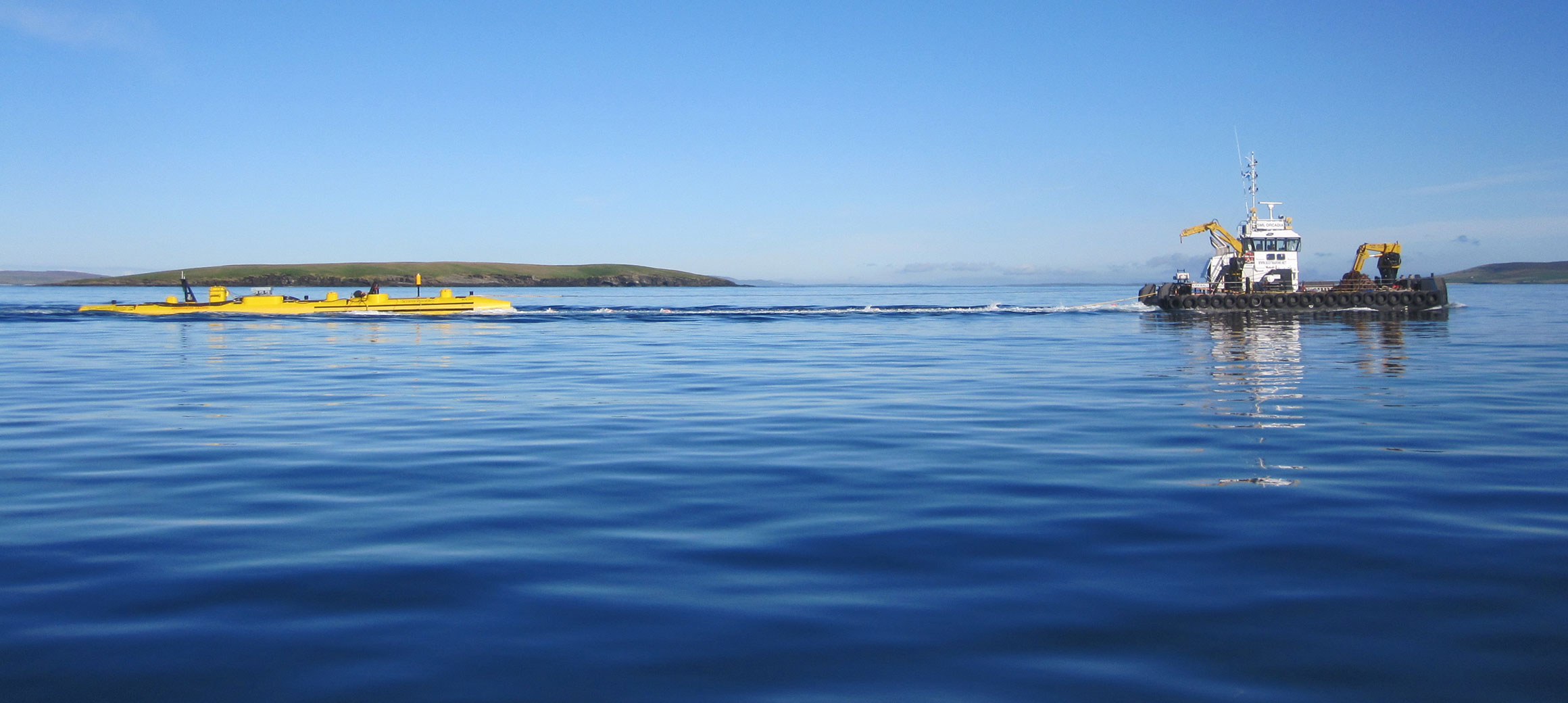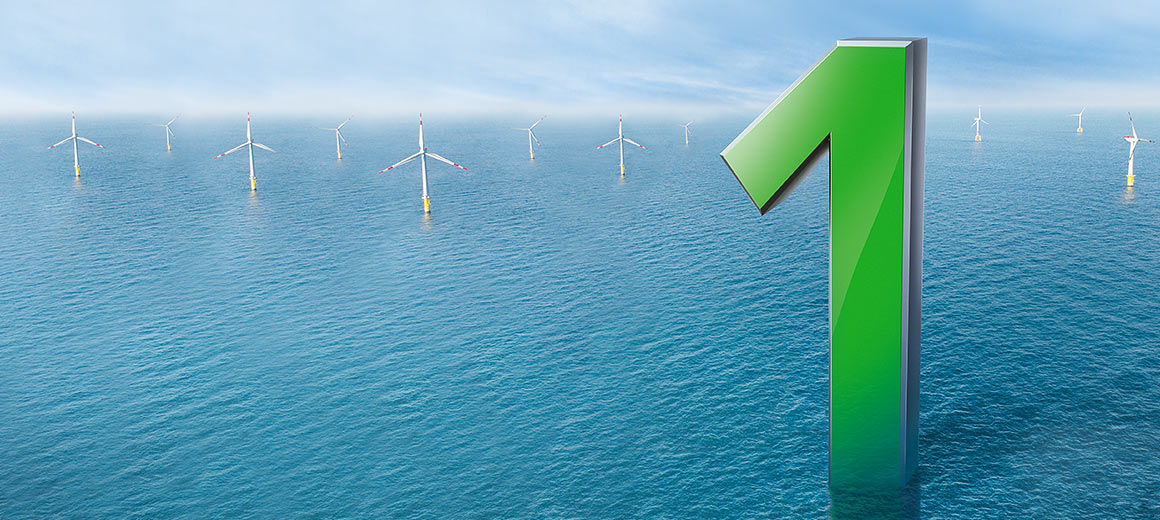






Headquarters Canada
Beckhoff Automation Ltd.







As the pressure of climate change grows, the world is becoming increasingly interested in the potential that ocean-based tidal power holds as a source of renewable energy. While tidal turbines are often expensive to install and maintain, the weather has much less of an impact on the power they produce than it does on wind turbines or solar installations, allowing them to provide a constant source of power that can be forecast very accurately.
Working on the basis of PC and EtherCAT control technology, Beckhoff provides tidal turbine system solutions that have been tried and tested worldwide. Beckhoff’s control architecture is perfectly suited to the requirement profile of the industry, featuring openness and scalability, flexibility in the design of the controller, and a high degree of integration. All processes, from operational management and pitch control through to converter, gearbox, and brake control are executed in software on an Industrial PC. Safety technology and condition monitoring are integrated seamlessly into the terminal segment via corresponding I/O modules, eliminating the need for a separate CPU. The real-time Ethernet system EtherCAT offers full Ethernet compatibility and outstanding real-time characteristics, plus a flexible topology selection. Lower-level fieldbuses such as CANopen, PROFIBUS, and Ethernet TCP/IP can be relocated to the field via fieldbus master or slave terminals for the control of subsystems. The TwinCAT automation software also provides an integrated software tool for programming and controlling tidal turbines. The TwinCAT 3 Wind Framework, a modular software library that is ideally suited to controlling tidal turbines, includes all the functions that are required for conducting modern, efficient engineering tasks in an Industrie 4.0 context.